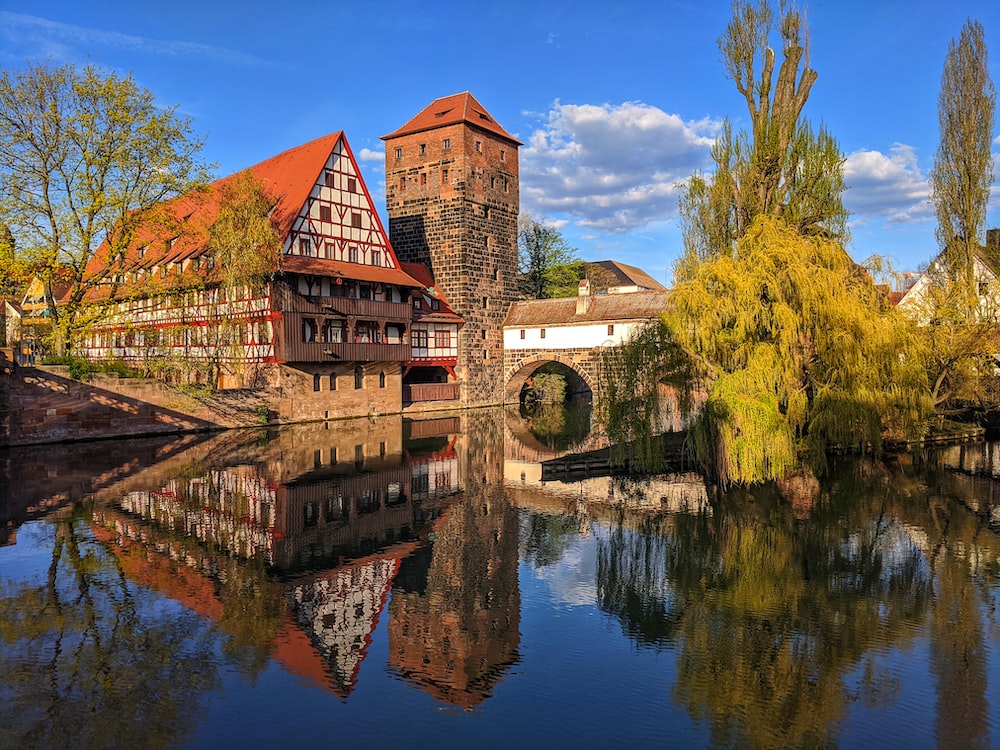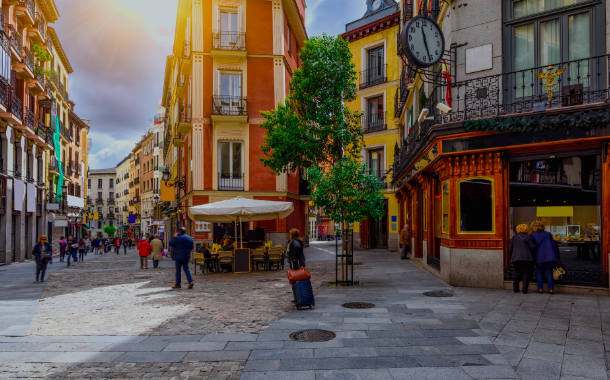As a travel enthusiast and advocate for the preservation of our world’s cultural and natural treasures, I often find myself captivated by the allure of UNESCO World Heritage Sites. These locations don’t just bear a prestigious title; they embody the essence of our shared human history and the importance of preserving our planet’s beauty. Let’s delve into what truly makes a UNESCO World Heritage Site special and why we should care so deeply about their preservation.
The term ‘UNESCO World Heritage Site’ is not merely a fancy label. It represents a globally recognized mark of distinction bestowed upon places that hold exceptional cultural, historical, scientific, or natural significance. UNESCO, short for the United Nations Educational, Scientific, and Cultural Organization, selects and designates these sites based on a stringent set of criteria that emphasize their outstanding value to humanity.
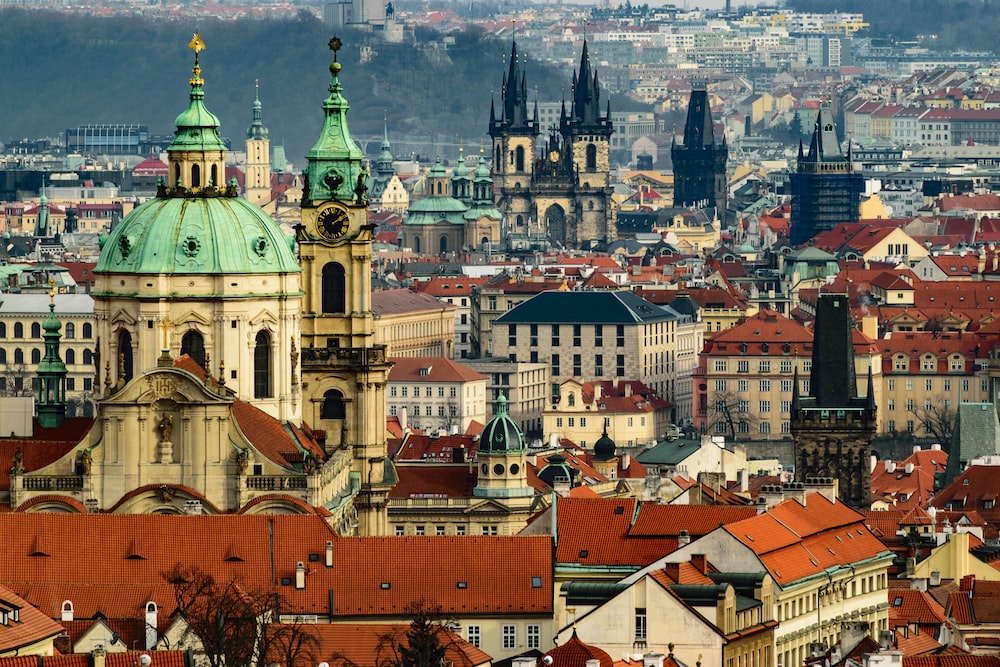
One of the primary reasons we should care about UNESCO World Heritage Sites is their role in preserving our diverse cultural heritage. These sites often harbour ancient civilizations’ remnants, architectural marvels, sacred places, or historical landmarks that offer a glimpse into the past. They embody the collective memory of humanity and provide valuable insights into our predecessors’ way of life, societal structures, and belief systems.
For instance, the Pyramids of Egypt, a UNESCO World Heritage Site, stand as an awe-inspiring testament to the engineering and architectural prowess of the ancient Egyptians. Exploring such sites allows us to connect with our roots, fostering a deeper understanding and appreciation of the world’s rich cultural tapestry.
Moreover, UNESCO World Heritage Sites play a vital role in promoting sustainable tourism and fostering economic development in the regions they encompass. When a site receives UNESCO recognition, it often experiences a surge in tourism, attracting visitors from all corners of the globe. This influx of visitors stimulates local economies, supporting small businesses, artisans, and the preservation of traditions. However, it’s crucial to strike a balance between tourism and preservation. Sustainable tourism practices ensure that the influx of visitors doesn’t harm the very heritage we aim to protect. Responsible tourism focuses on minimizing environmental impact, respecting local cultures, and contributing to the communities in meaningful ways.
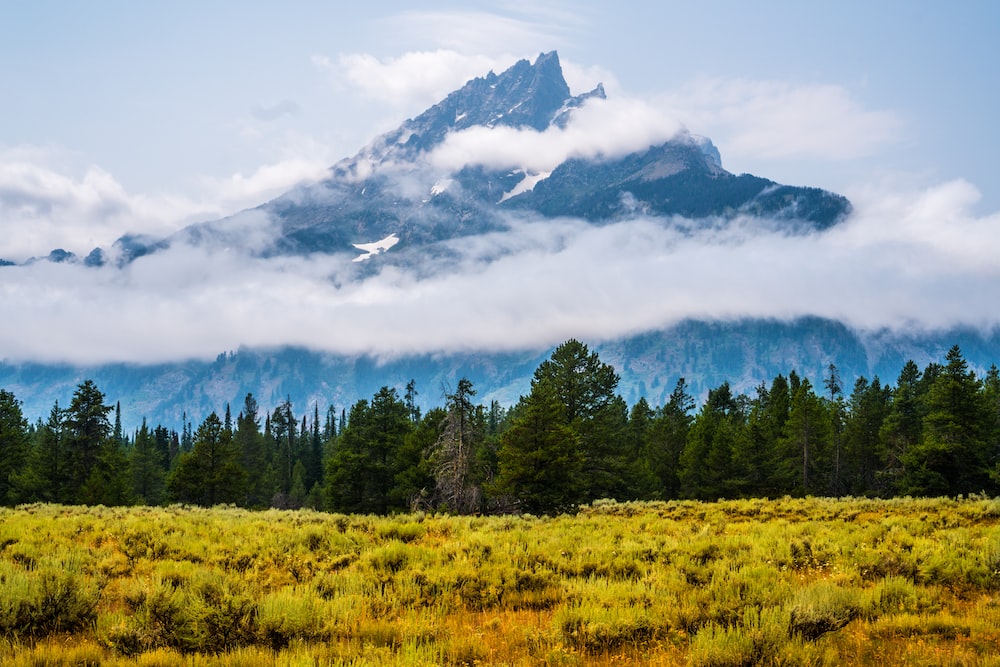
Beyond cultural heritage, UNESCO World Heritage Sites also encompass natural wonders of unparalleled beauty. These areas showcase the Earth’s remarkable biodiversity, ecosystems, geological formations, and landscapes. They act as a testament to the planet’s natural splendor, emphasizing the urgent need for conservation and environmental stewardship.
Take Yellowstone National Park in the United States, a UNESCO World Heritage Site and the world’s first national park. It’s a haven for diverse flora and fauna, featuring geysers, hot springs, and a variety of ecosystems. By preserving such natural wonders, we protect our environment and provide future generations with the opportunity to appreciate and study the Earth’s remarkable biodiversity.
UNESCO’s involvement in designating and conserving these sites isn’t just symbolic; it involves active efforts to safeguard and preserve them for generations to come. The organization works closely with local communities, governments, and other stakeholders to develop management plans, provide technical expertise, and secure funding for restoration and conservation projects.

In conclusion, the title of a UNESCO World Heritage Site signifies much more than an honorary distinction. It signifies a commitment to preserving the legacy of humanity—our diverse cultures, our shared history, and the natural beauty that graces our planet. As we continue to explore, respect, and safeguard these exceptional places, we contribute to a future where our world’s heritage remains intact and appreciated for the benefit of all. Let us cherish and protect these treasures, for they are the living narratives of our past and the hope for a sustainable future.
As an avid traveller and enthusiast of cultural heritage, my recent journeys to UNESCO World Heritage sites in Wurzburg, Bayreuth, and the Erdapfel in Nuremberg were nothing short of magical. Each destination held its unique charm, history, and tales that left an indelible mark on me.
My adventure began in Wurzburg, a city known for its splendid Residenz Palace. Walking through its grand halls and ornate rooms, I was transported back in time to the era of baroque opulence. The artistry and craftsmanship that adorned the residence were awe-inspiring. The intricately designed frescoes, gilded mirrors, and ornate chandeliers stood as a testament to the wealth and taste of the rulers of that period.
Stepping outside, I found myself in the meticulously landscaped Court Gardens, a stunning complement to the Residenz Palace. The symmetrical layout, beautiful flower beds, and perfectly pruned trees created a serene and harmonious atmosphere. It was a pleasure to wander through these gardens, reflecting on the past while embracing the present beauty. Next on my journey was Bayreuth, a city renowned for the Margravial Opera House. This exceptional architectural gem held the promise of transporting me to the world of music and drama. The moment I entered the opera house, I was captivated by its grandeur and sophistication. The elaborate decoration, the rich colours, and the awe-inspiring chandeliers suspended from the ceiling were all breath-taking.
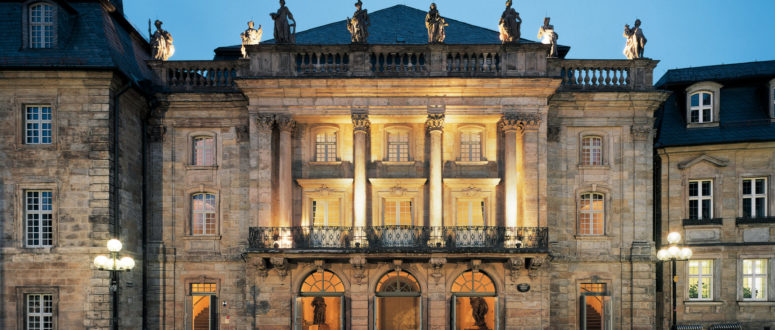
As I walked through the auditorium, I could almost hear the melodies and arias that had once filled the air. The thought of experiencing live performances in such a magnificent setting was exhilarating. It was a realization of how art and architecture can intertwine to create an enchanting experience.
In conclusion, my visits to these UNESCO World Heritage sites were a journey through time, an exploration of human creativity, and a celebration of our rich cultural heritage. Each destination left a lasting impression on me, serving as a reminder of the beauty that history, architecture, and art can bring to our lives. It was a privilege to walk in the footsteps of those who came before us, and I’m grateful for the opportunity to witness and appreciate the legacy they left behind.


